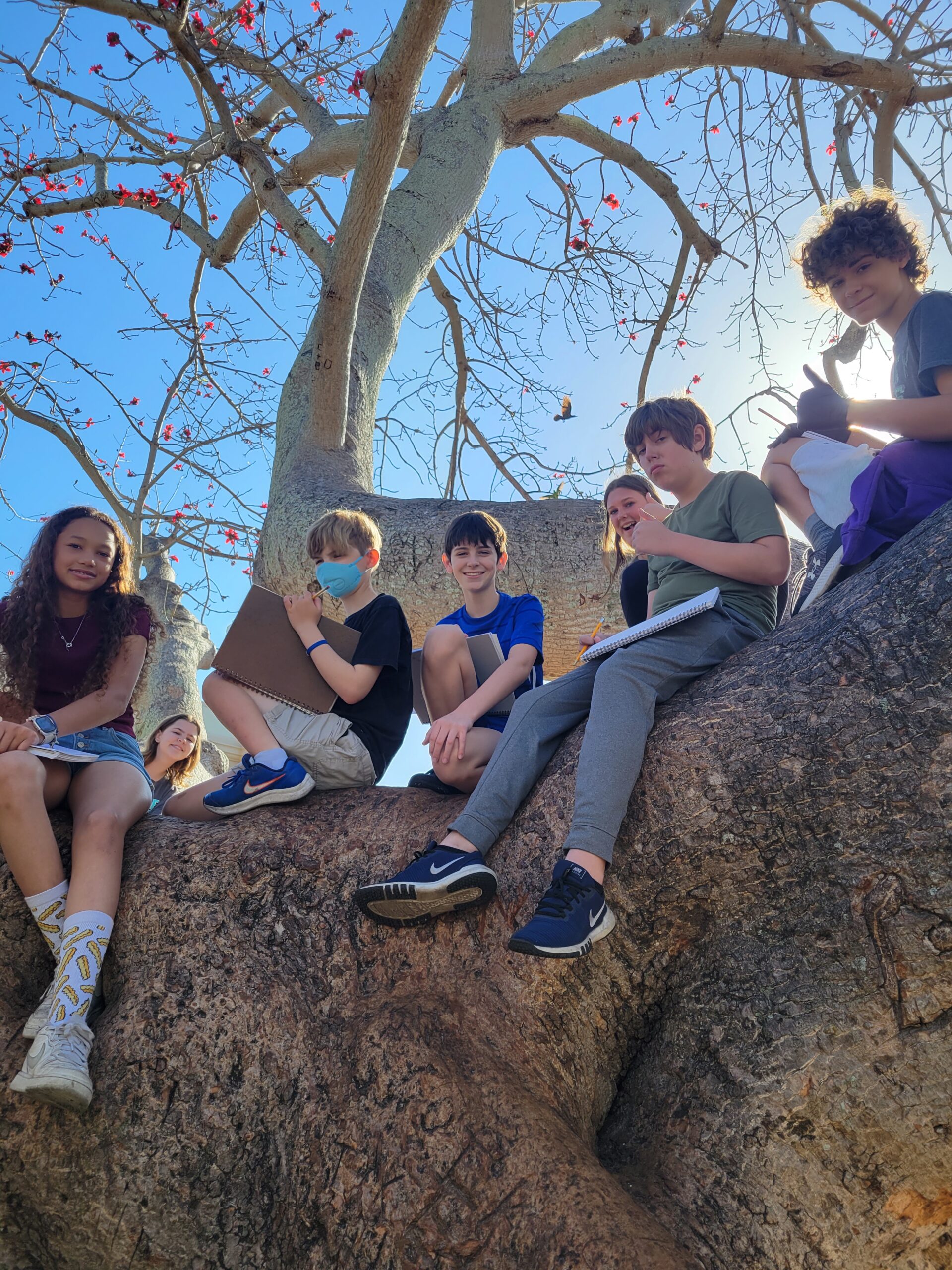As the school year is coming to an end, I’ve been reflecting on my content goals for the year, and have been feeling hyper-fixated on the things that I didn’t cover. I cannot tell you how many times I have had a plan for my classes and then never even touched the prepared materials. When this happens I feel disappointed, as though I’ve made promises to kids, parents, and myself regarding what we’re covering and I didn’t stay true to my word.
With time (and a focus on positive self-talk) I have come to shift my perspective on this “unused”, “late”, or “missed” material to now view them as examples of the times that I made the call to change course mid-way according to student need. And yes, I do have a habit of over planning (I can’t shake the lofty goals of all the amazing things I want to share with my students, and there just isn’t enough time in the day/week/year to do it all), but I’ve also learned that settling into a creative project or spending time exploring a related topic that piqued student interest is very worthwhile. I’ve learned that having extra content is only a good thing, and that learning to pivot in the middle of things is a very valuable skill.

Ways I learned to pivot:
- Environment – Lighting and seating makes a huge difference on attitude and engagement. Changing the lighting in the room is a small yet immediate change with a big impact. If you have a tree big enough nearby, why not climb it to take field notes!?
- Partnering – Partners, small groups, and rotations can all be changed and implemented in 60 seconds or less. Bonus by-in points if moving around the room can be a game or challenge and they’re in a good mood when moving on to the next task.
- Method of engagement and assessment – Does ‘traditional’ note taking really make the most sense here? Is there a way that the students can throw their answer into a bucket at the front of the room or draw their level of understanding? Learning can, and should be, fun!
- Content during a lesson – If a student asks a question and their peers respond, allowing them to fall into a natural Socratic seminar or debate, throw your plans out the window and let them engage with each other and explore! One open ended question about censorship led my social studies class into a 30-minute dialogue, and they learned more in conversation with each other than they would have if I’d lectured at them on the topic.
- Where it goes next – If students aren’t engaged with the spotlight author you picked, move the spotlight! Just because I love John Muir, doesn’t mean I have to force students to read all of his essays until they find the appreciation and admiration that I have. And ornithological essays sound great and all, but if there is a much more relevant and real-world topic to write about then that is what students should spend time researching and writing about.
This year I learned to let go and let flow. Events pop up, half of the class gets sick all at once, the internet stops working, and with every new obstacle is a lesson on adaptability.

Additionally, students will be really interested in topics I didn’t expect, or really uninterested in something I love, they’ll ask questions that I don’t know the answer to and we’ll look it up together, students will phrase something in a way that helps their peers understand better than my words could, and all of these experiences will help us all be flexible in our learning. One of the greatest benefits of Indi-ED’s style and structure is that we can take that time to shift and explore, and in the end we all have a fun time on a journey of learning together.


